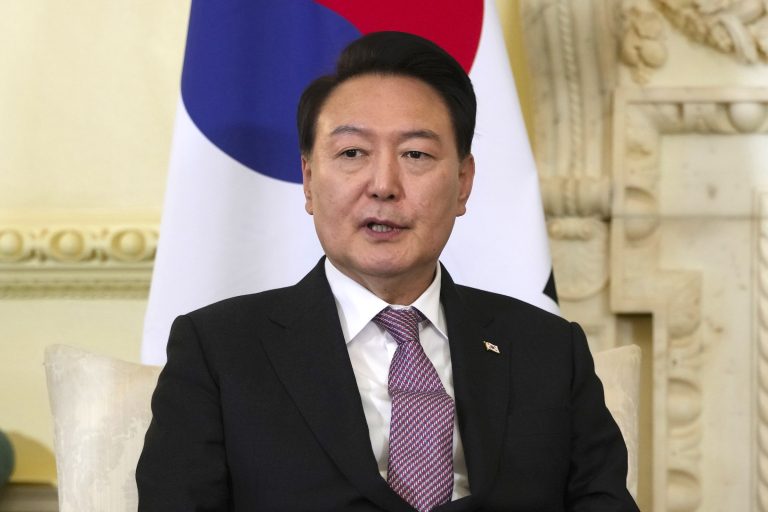Manufacturing industries in China’s southern province of Guangdong are reeling under power shortages as cities have ordered businesses to cut down on power usage by hours or even days. This has created problems for manufacturers who are already struggling with the resurgence of COVID-19 in the province, as well as a rise in raw material prices.
In an interview with ICIS, an official with a sportswear manufacturing center in Guangzhou, the provincial capital, stated that this year’s power cuts are more acute. The facility produces products for brands like Adidas and Nike and employs roughly 2,000 workers.
“Our power-off day has been increased to four each week since 1 June from two in the last week and one half-month ago… We can’t afford the [production] loss [and need to] compensate customers for late delivery and have to rent a power generator to self-supply electricity,” the official said.
Production impacted
In an interview with the recently shuttered Apple Daily, Tang Xuehui, general manager of a shoe factory in Guangdong’s Dongguan city, stated that his plant can produce 100,000 pairs of shoes each month. “But the electricity restrictions in place since May have had a serious impact. The factory has had to rent its own generator in order to guarantee on-time delivery.”
However, the increase in coal prices had a “knock-on effect” on diesel with the result that electricity costs incurred by Tang’s factory have more than doubled.
Success
You are now signed up for our newsletter
Success
Check your email to complete sign up
A May 28 report by Yicai Global quotes a medical device manufacturer from Guangzhou as saying that it was the first time they had encountered a “regular, large-scale and long-term power regulation” since their company was established in 2013. The manufacturer was forced to restrict production to five days a week and eventually four days.
Dongguan-based Flexicare Medical was forced to limit operations to just five days a week. “If [power cuts] last for only one or two weeks, it has little impact… But if it lasts all summer, we’ll fail to deliver our products on time. We may need to use air transport to make up for delayed deliveries. That would lead to higher operating costs and in the long run, it could also affect our brand reputation,” a human resources manager at Flexicare said to the media outlet.
Guangdong energy shortage
In April 2021, electricity use in Guangdong rose by 22.6 percent from the pandemic-hit April 2020 level and 7.6 percent from April 2019.
According to Guangdong’s provincial energy bureau, energy consumption in the region has been increasing due to the acceleration of economic activity post pandemic and persistent high temperatures. In the first four months of 2021, factory sector energy consumption jumped 32.2 percent year-on-year while services sector energy consumption rose by 40.2 percent.
Coal accounts for the largest fuel source in Guangdong at 36.2 percent of the total supply. Imported hydropower from Yunnan accounted for 29.6 percent. A lack of rain caused power transmission from the Yunnan grid to decrease by 21.23 percent between January 2021 and April 2021. The rainy season in southern China began 20 days later than normal. Yunnan is also a major external power supplier to Guangzhou.
The surge in the price of coal has eaten into the profits of coal-fired power plants. By late May, the price of Chinese 5,500 kcal thermal coal had increased by 60 percent over the past two months. Many plants chose not to replenish their stocks and limited power production as they could hardly make profits.
On May 28, the local government of Dongguan Nancheng district stated that power restrictions might last until the end of the year.
Switch to renewables
China is pushing forward investments in renewable energy, which might also have played a role in the energy scarcity. In the first four months of the year, 92 percent of power generation capital expenditure and 55 percent of new power generation capacity was accounted for by renewable energy, according to the China Electricity Council.
In an interview with The Epoch Times, Hong Kong financial analyst Katherine Jiang Tianming said that coal is a more stable source of power than renewable energy. Solar power might underperform at night on cloudy days. Hydropower is dependent on the flow of water. As such, more investments in such renewable power bypassing coal would mean that a region’s energy needs would be tied to an unstable power source.
“The CCP needs to balance renewable energy investment and power security… However, the power shortage in Guangdong implies that the CCP has put renewable energy development first, as Xi Jinping has assured the world that China will achieve net-zero emissions in 2060,” Jiang said.














